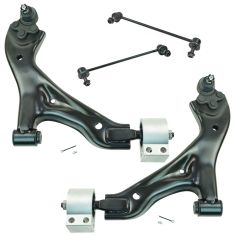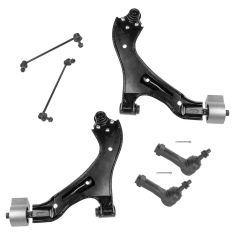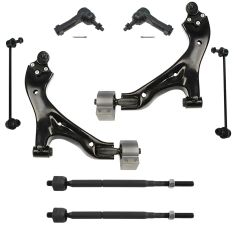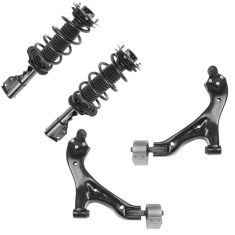1ASFK00803-Chevrolet Pontiac Saturn Front Driver & Passenger Side Lower 2 Piece Control Arm with Ball Joint Set TRQ PSA62317
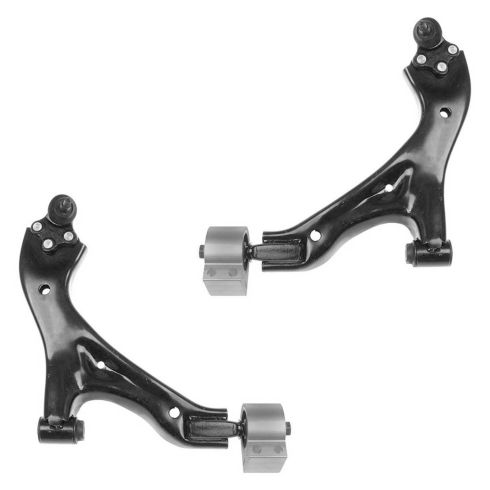


Replaces
2009 Chevrolet Equinox V6 3.4L Front Driver & Passenger Side Lower 2 Piece Control Arm with Ball Joint Set TRQ PSA62317


Product Reviews
Loading reviews
5.00/ 5.0
17
good control arm
July 7, 2017
Seems like a nice quality part. will see how long it will last. Shipping was fast, very satisfied.
Equinox Lower Control Arm
April 9, 2018
Very easy install. Video on 1A Auto site helped tremendously with install and torque specifications.
Control Arm & Ball Joint Repair
May 21, 2018
The parts were an exact fit with No Problems.
The repair video was a tremendous Help
Will purchase from 1A Auto Again
It was exactly what I needed. Fast shipping and nice fit.
February 26, 2019
The only thing that would have made this ideal is to have had directions that show/tell how to grease the ball joint as part of the videos and/or written directions. You can find it in the Q/A but knowing I needed to have my grease gun ready to go would have been better. Great site and super helpful videos.
Fast service
November 12, 2019
Great video
1A Auto does a fine job.
November 30, 2019
Parts come as advertised. Good service, price, and parts.
#1 parts
December 10, 2020
I would recomend to everyone I know, Every product I have ever gotten from 1A Auto has been top notch as these were i would and will order these control arms again All ways on time with orders and quality. Wonderful experance all around great people to work with if you ever have a problem it will be figured out Great Job Guys I'll be ordering again soon. Thanks Greg
They came fast they are perfect I haven't put them in yet but thank you
February 27, 2021
I love the way you ship how fast I get them the only thing is I get too many of them I'm about to return them I need to know where to return them please but the merchandise I'm keeping is in beautiful condition can't wait to put them in thank you so much
Buy these!!
March 25, 2021
Great product! Very easy to install, perfect fit. Really exceeded in restoring stock if not better than stock handling. Would recommend this product to anyone and would definitely buy from 1A auto again!!!!
May 8, 2021
it great price and easy to installed Thank to 1A Auto
Quality parts and video instruction
June 28, 2021
A perfect fit and easy replacement. Mine didn't come with grease zerks for the ball joints, the only extra thing you'll need.
The 1A Auto video helped greatly as I'm not much of a mechanic.
November 1, 2021
Perfect fit easy install
Lower control arm ass'y
March 28, 2022
Good quality, snap to install
April 26, 2022
Thanks to you I was able to find this part for my car. It was a blessing. Thanks
awesome
March 21, 2024
these lower control arms were great.price was fine an went on with no issues.
lower control arms for a 2005 chevy equinox
April 13, 2024
Control arms are built very and fit perfectly,and function well
February 9, 2025
Fitment was excellent,good price,definitely a fan of Detroit axle products but
Customer Q&A
Chevrolet is a registered trademark of General Motors Company. 1A Auto is not affiliated with or sponsored by Chevrolet or General Motors Company.
See all trademarks.












